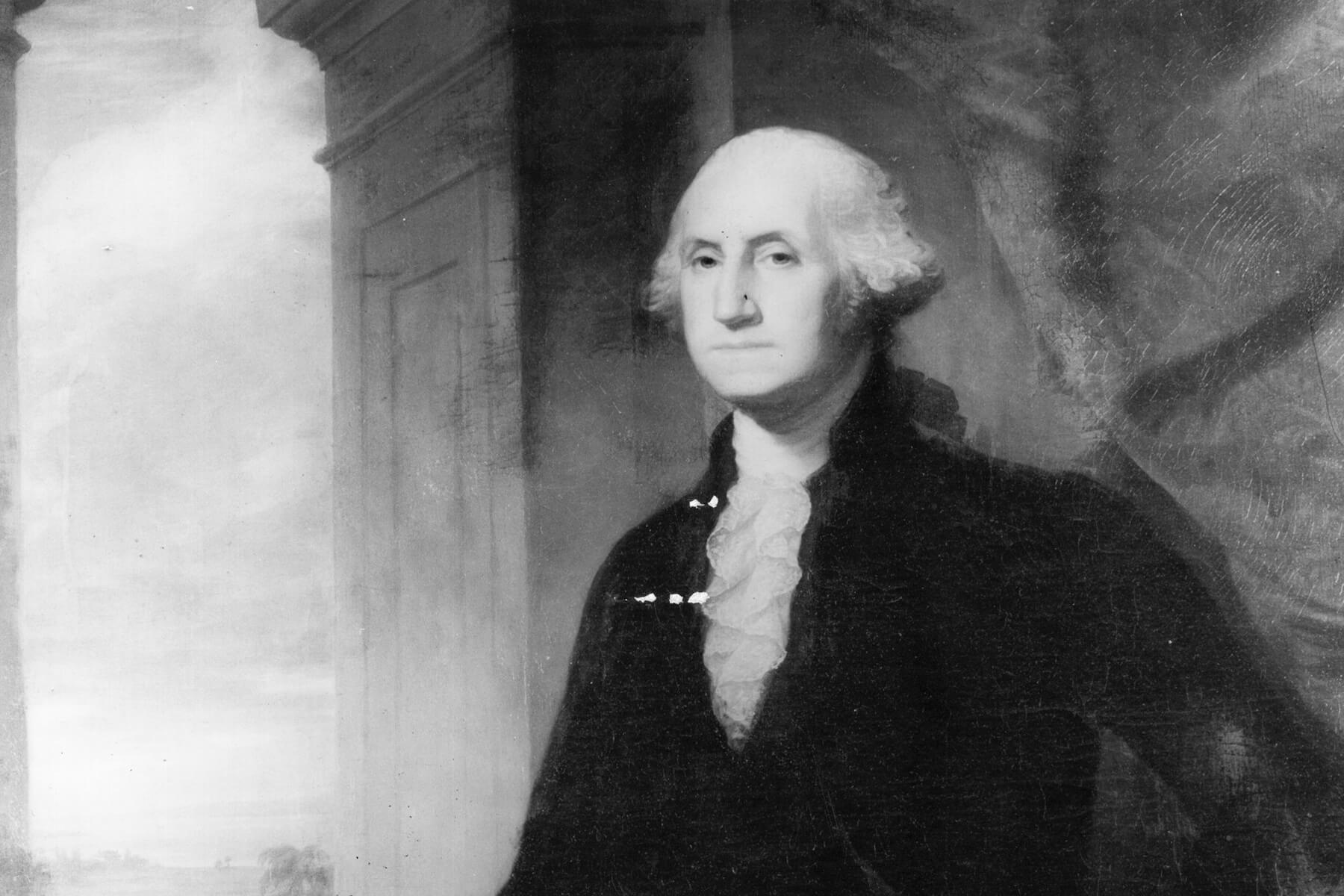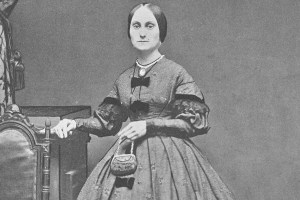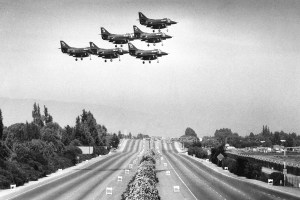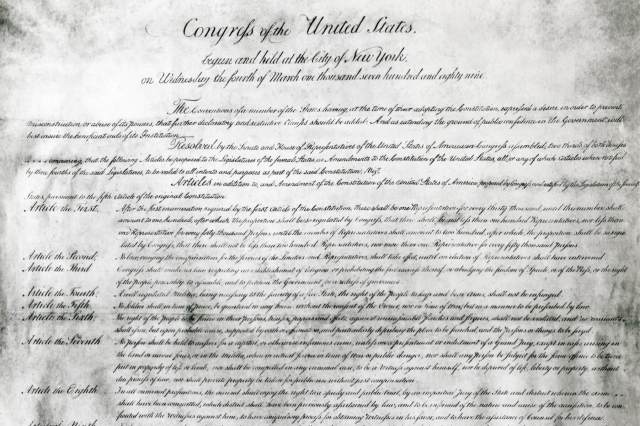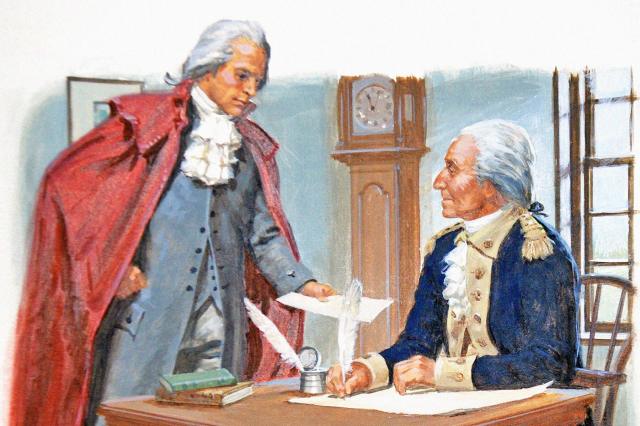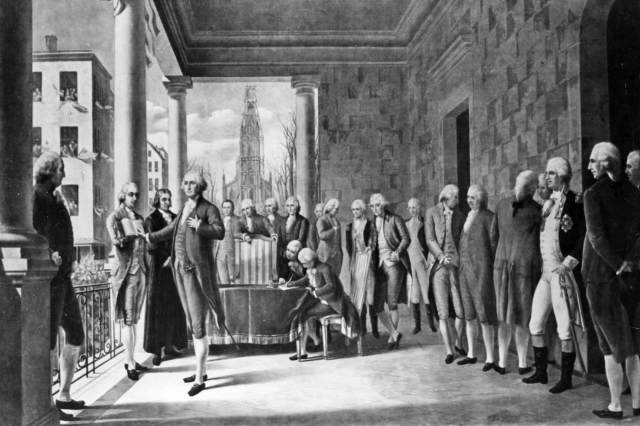The Bizarre Election of George Washington
These days, we take for granted the organized chaos that accompanies the U.S. presidential election every four years, from the lengthy nominating cycles and raucous party conventions to the relentless media coverage that analyzes the candidates’ every word and gesture. By that standard, the 1789 election that made George Washington the first American president was far quieter, but in some ways it was even stranger.
America’s first election looked very different from today’s presidential races: There were no official political parties and campaigning, and nearly everyone wanted the same candidate to win. The election of 1789 served as a blueprint for how presidents would be picked in the United States — though many rules have changed since then. Here’s a look at this bizarre and historic experiment in democracy.
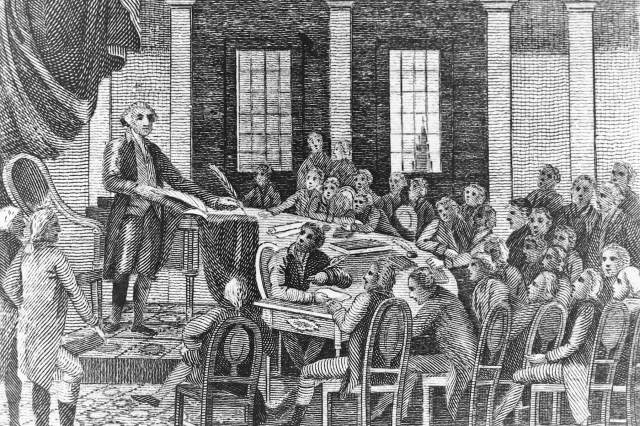
We Can Thank This Election for the Electoral College
The origins of America’s first presidential election were the passionate discussions held by the delegates at the 1787 Constitutional Convention. Until that point in the nation’s brief history, the Articles of Confederation had proven inadequate as the basis for a unified central government, which lacked the power to levy taxes, regulate commerce, or enact foreign policies. As such, the convention delegates haggled over the details of a new system. “Federalists,” including James Madison and Alexander Hamilton, were eager to imbue the central government with a raft of powers, while “anti-Federalists,” such George Mason, were leery of diminishing the rights of the individual states.
Although the participants came to agree on the creation of an office for the head of government, one major point of contention was just how this chief executive would be selected. Given the prevailing belief in the separation of powers, it was determined that a parliamentary system in which the legislature voted for an executive leader (like in Great Britain) was a bad idea. The convention’s delegates also reasoned that it wasn’t feasible to leave the vote directly up to the people, who harbored diverse interests and were likely to put forth an array of provincial candidates in lieu of a unifying national figure.
The delegates ultimately settled on a system of “electors,” now known as the Electoral College, to be appointed by each state according to a process of its choosing. The number of electors was equal to the state’s number of congressional representatives (ranging from three in Delaware to 12 in Virginia), for a total of 69 electors in all. As eventually stated in Article II, Section 1 of the Constitution, each of these electors was to vote for two people — at least one of them from another state — after which the leading vote-getter would become president and the runner-up would be vice president. If two candidates tied, or if anyone failed to accumulate a majority, the winner would be determined by the House of Representatives.





